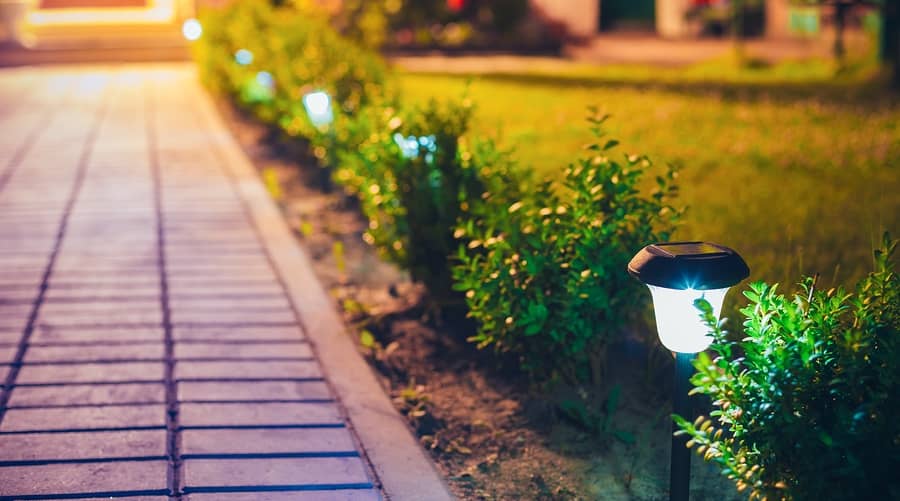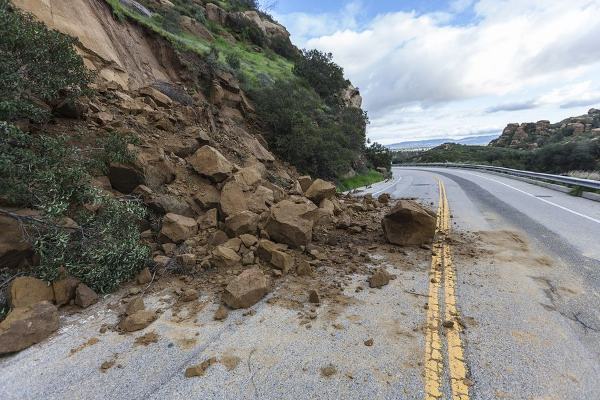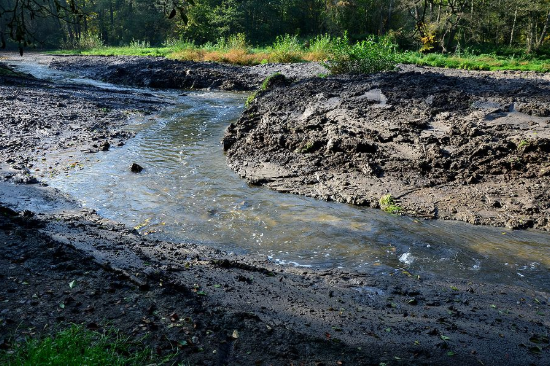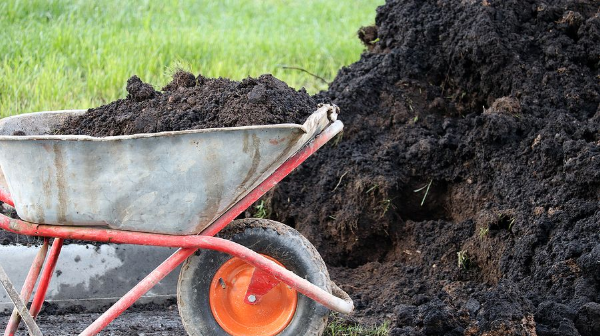Contributing to sustainability efforts in the Sonoma County area
With a population of over 500,000, and a housing vacancy rate that is less than that of the state’s and the nation’s average, Sonoma County clearly continues to be a high demand County for renters and homeowners (Sonoma County Economic Development Board, 2018). With a large number of residences comes responsibility in maintaining a sustainable space to help keep the County green.
Though sustainability has been used as a pretty loose term, the American Society of Landscape Architects defines a sustainable landscape as “responsive to the environment, re-generative, and can actively contribute to the development of healthy communities” (The American Society of Landscape Architecture, 2017). All landscape designs are unique to the individuals contributing to the development and creation of the space so it’s important to consider how to implement a landscape layout that will fit your needs while also benefiting the health of the home, community, and local ecosystem. A few things to consider when working with landscape design are plants, pollution, and water (Bean & Yang).
What kind of plants are being implemented into the landscape design? Are they native, and if not, what are the native options that can be taken into consideration? The California Native Plant Society (CNPS) encourages the use of native plants in landscapes of all varieties in order to promote a better working local ecosystem. The CNPS provides information to see which plants are native, and to where. To learn more about CNPS and choosing local plants contact us at BC Engineering Group.
When considering the effects of pollution, a question to be addressed is if the landscape is helping to reduce the pollutants in the air or water? Something as simple as the grading of the landscape has an effect on the pollution. Without going through proper design channels, there’s a possibility for a residence to create water run off which can carry chemicals, such as those used in pesticides, to a neighbor’s property, or even further to the natural bodies of water (Bean & Yang). Layout of the plants is important, as implementing trees and other vegetation has the capacity to act as a barrier for air pollutants (USDA National Agroforestry Center, n.d.).
The landscaping of a single residence may not seem like a significant contribution to the ecosystem that exists in our county. This is why it’s important to consider all of the homes that are in our area, with so many residences in Sonoma County and with a continual demand, each sustainable landscape makes an impact in maintaining a mutually beneficial ecosystem.
The BC Engineering Group staff has worked with many clients to develop custom sustainable landscapes and can walk you through the process of design development. As a leading civil engineering and landscape architecture firm, feel free to reach out to us with any questions you may have regarding landscape design. Take advantage of our experience and contact us today with any landscape design questions or needs you may have; we are here to help.
For more information on design services, please contact us at 707-542-4321, or find us on Facebook and LinkedIn. You can also stay up to date with civil engineering and land planning issues by subscribing to our blog.
References
- Bean, C., & Yang, C.-H. (n.d.). Standards in Sustainable Landsape Architecture. Retrieved from http://repositories.lib.utexas.edu: https://repositories.lib.utexas.edu/bitstream/handle/2152/13982/4-Bean_Yang-Standards_in_Sustainable_Landscape_Architecture.pdf?sequence=2
- Sonoma County Economic Development Board. (2018). City Profile and Projections Report for Sonoma County 2018. Retrieved from sonomaedb.org/WorkArea/DownloadAsset.aspx?id=2147557877
- The American Society of Landscape Architecture. (2017). Designing Our Future: Sustainable Landscapes. Retrieved from https://www.asla.org: https://www.asla.org/sustainablelandscapes/about.html
- USDA National Agroforestry Center. (n.d.). Conservation Buffers. Retrieved from https://www.fs.usda.gov: https://www.fs.usda.gov/nac/buffers/guidelines/6_aesthetics/3.html







